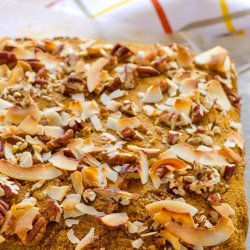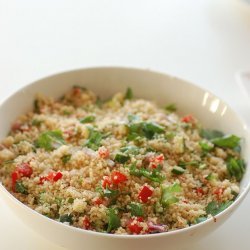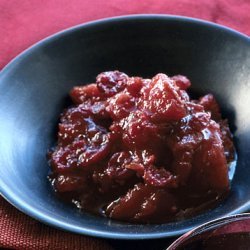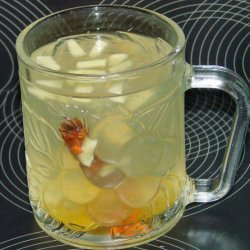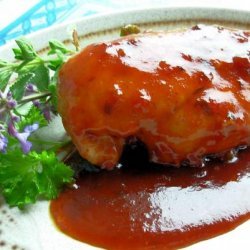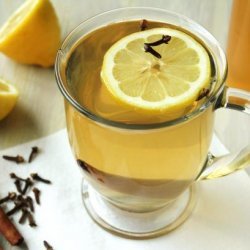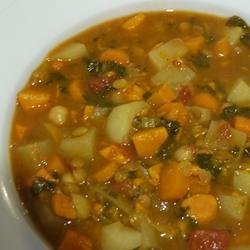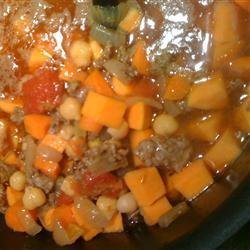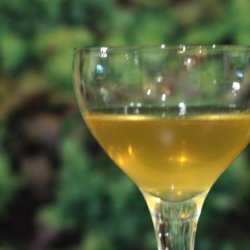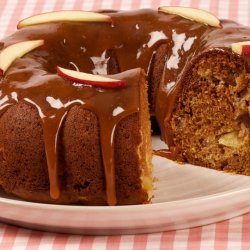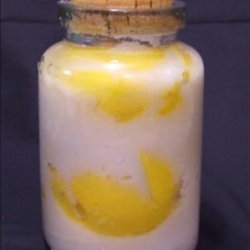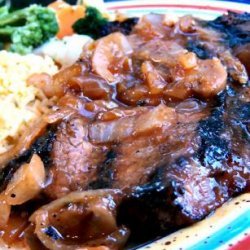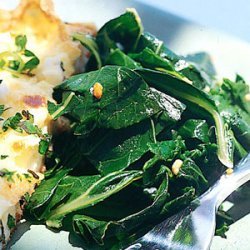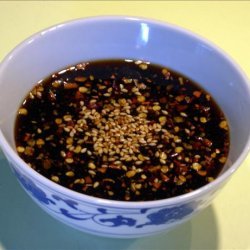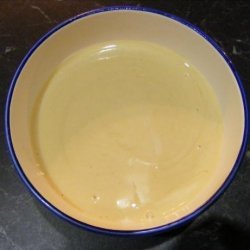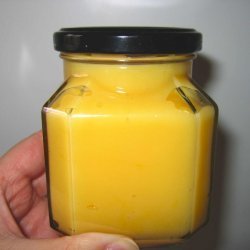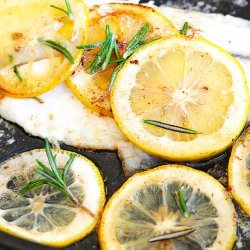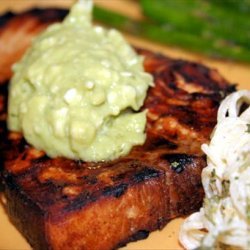Directions:
- Lemon Honey:.
- Pour 1 cup of honey into your pan and add 1 tablespoon of freshly grated lemon peel. Toss in 2 slices for boosted flavor if you like. Heat these together for about 10 minutes, making sure to keep the heat relatively low. Burned honey doesn’t taste as bad as some other things do burned, but you still want to avoid it. Around 115 degrees Fahrenheit releases the flavors nicely, but it will depend on your stovetop. After you’ve heated the mixture, let it sit for 1-2 hours or up to 1-2 weeks. After its infused strain if you’d like, and place in a glass jar with a tightly fitting top. Know the longer it sits for the stronger it will taste.
- Good to use: If you have a bad cough or cold, place a healthy dollop of your lemon infused honey at the bottom of a cup. Pour freshly boiled water over the top, drop in a teabag, and give it a good stir. The lemon can loosen phlegm, while the honey soothes irritation. You can also slowly heat the lemon infused honey while adding the juice of one freshly squeezed lemon. When it’s still hot and liquid, sip slowly.
- Cinnamon Honey:.
- Pour 1 cup of honey into the saucepan, and drop in the cinnamon sticks. Push them down with a spoon to submerge them. For 10 minutes on low heat let the mixture heat up, and then let it sit for around 2 hours or up to 1-2 weeks. Strain if you’d like and store in glass jar.
- Good if used: In tea, just like the lemon-honey, or eaten straight off the spoon. It’s also delicious spread on a plain piece of toast. Cinnamon is chock full of anti-oxidants, possesses antifungal properties, and helps break up congestions/clear the sinuses. Even just a half a teaspoon a day has been shown to lower cholesterol levels.
- Ginger Honey:.
- Pour 1 cup of honey into a saucepan and add 1 tablespoon of finely chopped gingerroot. You can add a small pinch of ground ginger if you’d like as well, but it does have a strong flavor. On low heat let the mixture sit for 10 minutes. When it’s done let it infuse for 2 hours or up to 2 weeks in a glass jar with a tightly fitting lid. Strain when it’s finished if you’d like.
- Best used: In your tea when you’re feeling ill-especially with an upset tummy, since both ginger and honey are known to soothe your stomach and chase off “bugs.” The added ginger helps circulation, flushing toxins through your systems and helping get rid of aches and chills. If you’re in a pinch and have wound up with a minor abrasion, applying this cooled and then covering with gauze can help it heal , and the ginger fights inflammation.
- Not to be confused with clover honey, clove honey is made by infusing whole cloves with honey, whereas clover honey is made from the nectar of clover flowers. Cloves are great at numbing pain (sore throats, toothaches, etc.) and the honey makes a happy, healthy, medium to ingest it with.
- Pour 1 cup of honey into a saucepan, and then add 5-10 whole cloves. On low, heat for 10 minutes before letting it infuse for 2 hours or up to 2 weeks, putting it in a jar with a tightly fitting lid. Strain when it’s finished if you’d like.
- Best used: In tea when you have a sore throat or a toothache, or dabbed directly on the gum by a sore tooth. The eugenol in the clove is a powerful numbing agent that was used by dentists before modern painkillers were created, and is so effective it is still used in modern dentistry in an extracted form. If you have a little cut or sore in your mouth, the honey may help it heal faster and keep bad bacteria out while the cloves take care of the discomfort.
- Apple Cider Vinegar Honey:.
- Add 1 cup of honey to a saucepan, and then pour in 2-3 tablespoons of apple cider vinegar. Let it heat over low heat for 10 minutes, stirring well about halfway through. Place in a jar and let it sit for as long as you like-its taste and benefits are all there pretty quickly, and it doesn’t need to sit as long as something like cinnamon sticks or cloves would.
- Best:If you make the Braggs apple cider vinegar health drink you can try adding this for an extra kick. While this is subject to opinion, I think it tastes good stirred in to tea or a glass of lemon water in the morning. Apple cider vinegar can help neutralize and correct excess acidity in our bodies (counterintuitive, but often times true) and helps a number of issues from an upset stomach to easing sore throats to showing promise in treating diabetes.
- Storage:.
- The shelf-life, if stored in a glass jar with a tightly fitting lid, is 6 months. Some people say it can last years, but I have never experimented with that. Even with plant matter, it can go a long time (microorganisms have a hard time surviving on/in it) without needing to be refrigerated. Simply store in a cool place away from direct sunlight. Straining is more for looks/taste, and is easiest when the honey has been warmed slightly after sitting for a few hours so it is runnier. If you want to let it infuse for longer than several hours, pour it into your jar so it’s not sitting out in the open for a super long time. When it’s infused enough, simply re-heat before straining by placing the jar in warm water if you’d like.
- Tips:.
- -If crystals form, set the honey (in its jar) in a pot of gently simmered water. The crystals will “melt” and your honey will be smooth again.
- -A nice touch for flavor is to add 3 tablespoons of diced or roughly chopped fruit. Apple-strawberry is one of my favorite flavors for eating on toast with butter. I don’t strain it at the end either.
- -Flavored honey makes an awesome gift in a nice decorative jar, and you can actually get “honeystix” at many craft/party stores.
- -Freely adjust to taste, and experiment. It’s not an exact science, and it’s all about what you like and what’s good for you.
Nutrition Facts
| Amount Per 1 Serving | |||
| Calories | 2596.29 Kcal (10870 kJ) | ||
| Calories from fat | 0.02 Kcal | ||
| % Daily Value* | |||
| Total Fat | 0g | 0% | |
|---|---|---|---|
| Sodium | 35.27mg | 1% | |
| Potassium | 526.6mg | 11% | |
| Total Carbs | 700.77g | 234% | |
| Sugars | 696.82g | 2787% | |
| Dietary Fiber | 2.14g | 9% | |
| Protein | 0.65g | 1% | |
| Vitamin C | 43.1mg | 72% | |
| Iron | 0.6mg | 3% | |
| Calcium | 71.2mg | 7% | |
| Amount Per 100 g | |||
| Calories | 279.92 Kcal (1172 kJ) | ||
| Calories from fat | 0 Kcal | ||
| % Daily Value* | |||
| Total Fat | 0g | 0% | |
|---|---|---|---|
| Sodium | 3.8mg | 1% | |
| Potassium | 56.78mg | 11% | |
| Total Carbs | 75.56g | 234% | |
| Sugars | 75.13g | 2787% | |
| Dietary Fiber | 0.23g | 9% | |
| Protein | 0.07g | 1% | |
| Vitamin C | 4.6mg | 72% | |
| Iron | 0.1mg | 3% | |
| Calcium | 7.7mg | 7% | |
* Percent Daily Values are based on a 2000 calorie diet. Your daily values may be higher or lower depending on your calorie needs.
Find out how many calories should you eat.
Get Your Recipe of Health!
Follow RecipeOfHealth on Facebook!


